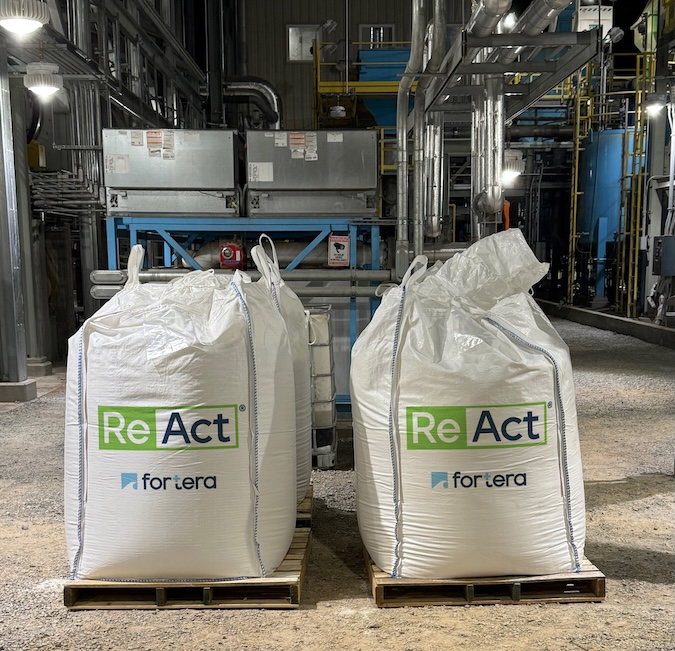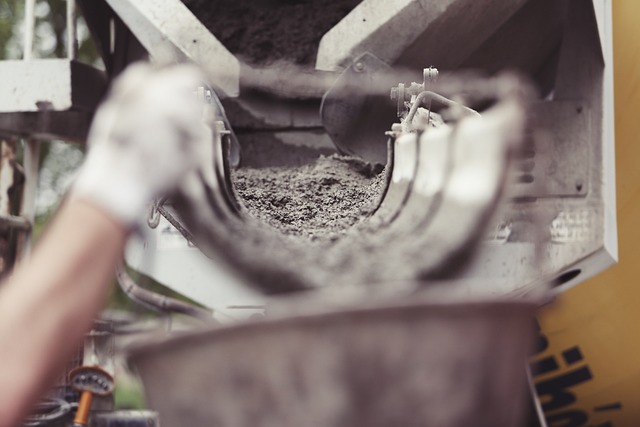Michael McSweeney, president and CEO of the Cement Association of Canada, released the following statement in response to a new study by the International Institute for Sustainable Development (IISD) that identifies serious gaps in the way carbon is being measured.
In communities across the country, the buildings where we live and work are responsible for over 30 percent of Canada’s GHG emissions. We can make a real difference in the fight against climate change, by aligning construction practices, building and energy codes and other regulations to reduce the carbon footprint of our structures.
The Cement Association of Canada (CAC) has been a vocal champion for putting science at the center of a national effort to reduce carbon emissions from the built environment. To build a sustainable future, we must base the decisions we make today on reliable facts, not assumptions.
Whether builders use steel, concrete or wood, they need an accurate assessment of how their choices will affect the environment. That’s why Canada’s cement companies have supported this important independent research by the IISD. We wanted to do our part in making sure that everyone with influence or responsibility for our buildings and infrastructure has the best possible environmental information and data to guide their decisions.
The IISD study Emission Omissions: Carbon accounting gaps in the built environment confirmed that Life-cycle Assessment (LCA) is the best approach we have for analyzing the carbon cycle in the built environment and reducing emissions. However, the research found that current LCA tools have serious shortcomings. They overlook significant sources of carbon and these gaps could result in misdirected efforts to reduce GHGs.
The researchers identified the need to correct poor assumptions about embodied carbon in wood, steel and concrete building products. However, they singled out forestry products for urgent attention because current LCAs ignore emissions from “biogenic carbon.” The study found that these omissions could represent up to 72 percent of the life-cycle emissions of wood products.
It is a clear warning that efforts to reduce carbon emissions from the built environment will fall short of potential if we continue to rely on incomplete data and incorrect assumptions that wood-based construction materials are inherently less carbon-intensive than steel or concrete.
The point is not to single out one material over others, but that more data, greater transparency, and robust methods and standards for carbon accounting are needed to mobilize the building industry in the fight against climate change.
The cement and concrete industry is committed to a low-carbon future. Concrete is the sustainable building material of choice and as such will continue to play a crucial role as we decarbonize the built environment. With this in mind, we are constantly innovating and have already made significant advances in producing lower carbon cements, moving away from fossil fuels, and supporting transformative carbon capture and utilization technologies that could transform concrete into a carbon sink.



